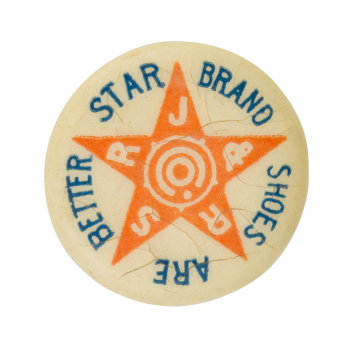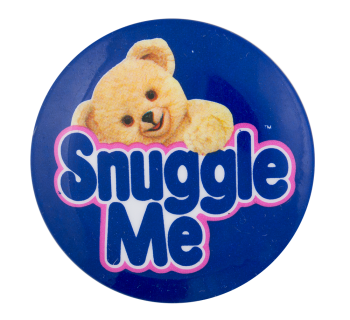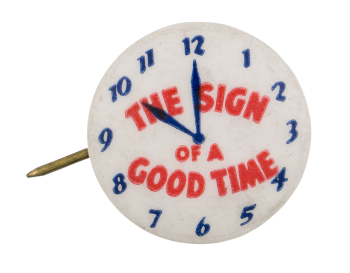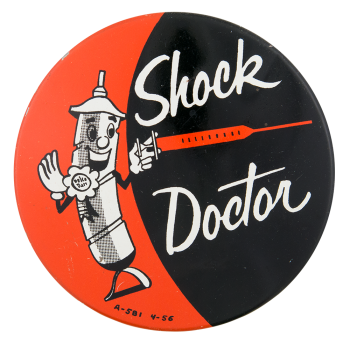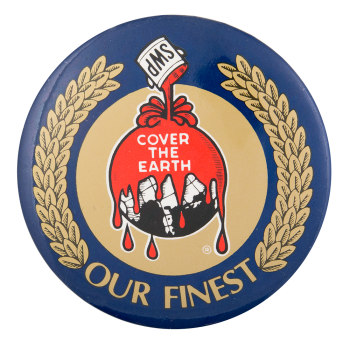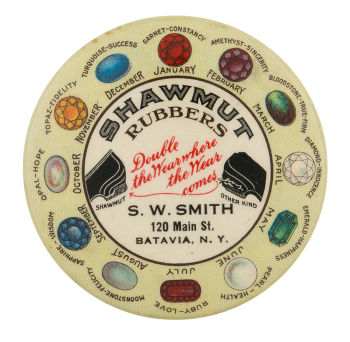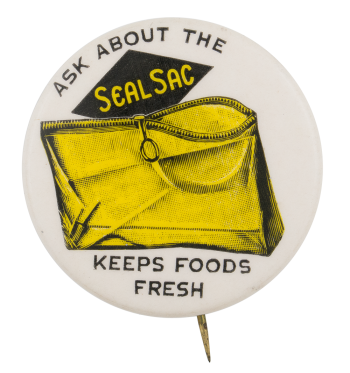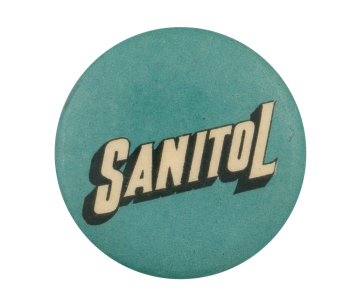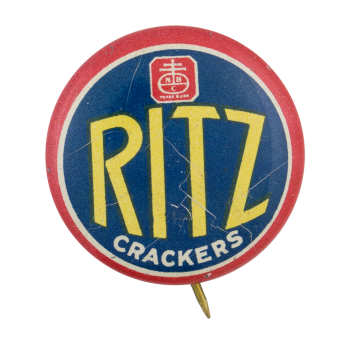Star Brand Shoes
| Category | |
|---|---|
| Additional Images | |
| Sub Categories | |
| Text on Button | STAR BRAND SHOES ARE BETTER J & R S R |
| Image Description | Illustration of a red star with white text on it and blue text around the outer edge on a white background |
| Back Paper / Back Info |
ST LOUIS BUTTON COMPANY |
| Back Style | |
| The Shape | |
| The Size | |
| The Manufacturer | |
| Additional Information | The initials "R, J, R, & S" on this button stand for the Roberts, Johnson and Rand Shoe Company. The company was started in 1898 by brothers Jack and Oscar Johnson, with the help of their cousin Frank C. Rand, and financial backer John C. Roberts, in St. Louis, Missouri. Shoe manufacturer Beverly Hixson met with Oscar Johnson to share his prepared samples of the Star Brand, a six-inch high women's shoe, and persuaded Johnson of the value of the unusual shoe. Roberts, Johnson and Rand Shoe Company provided additional funding for the Hixson Company, and the Star Shoe Company was incorporated in 1899. Star Brand shoes were manufactured at a plant in Hannibal, Missouri into the twentieth century. By 1905, St. Louis was third in the country in shoe production. Roberts, Johnson, and Rand Shoe Company merged with the other large shoe company in St. Louis, Peters Shoe Company, to form the International Shoe Company in 1911, but each company maintained its own identity. |
| Sources |
Welcome to Marion County, Missouri: Hannibal shoe factories. (n.d.). Retrieved from http://www.rootsweb.ancestry.com/~momarion/hannibalshoefactory.htm |
| Catalog ID | AD0570 |

